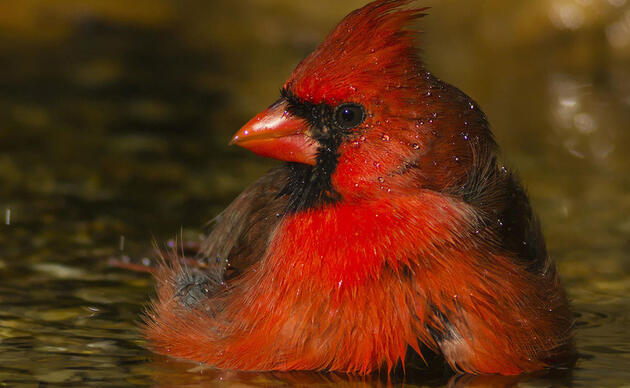Three vital restoration projects in the Southern Everglades - Modified Water Deliveries to Everglades National Park, C-111 South Dade, and the C-111 Spreader Canal Western Project - are nearly complete. How these projects are operated will determine how they impact the ecosystem. Operations that move freshwater to the right places at the right time of year will help revive Everglades National Park, improve conditions in Florida Bay, and bring back birds, fish, and other wildlife that depend on these special places.
The Army Corps of Engineers is conducting a series of incremental tests. During these tests, freshwater will be moved through restoration projects and into the Everglades. Data will be collected to determine the final operations plan for the Southern Everglades. The goal of these projects are to restore the flow of water that will in turn restore habitats in the Southern Everglades and Florida Bay.
The first increment of testing will start this summer and will slightly increase water flowing into Shark River Slough in Everglades National Park. In order to satisfy the vocal agricultural community worried about the impacts of restoration on their land, this test will also allow some water to be diverted away from Taylor Slough and Florida Bay which will reduce ecological benefits in those areas.
Audubon will continue working with the agencies responsible for Everglades restoration to stress that restoration projects achieve the promised ecological benefits for birds and other wildlife.
By Jonathan Webber
Stay in Touch!
Show your love of birds today. Subscribe to receive email updates about Audubon's conservation work and hear about opportunities to help birds in your area or nationwide.




